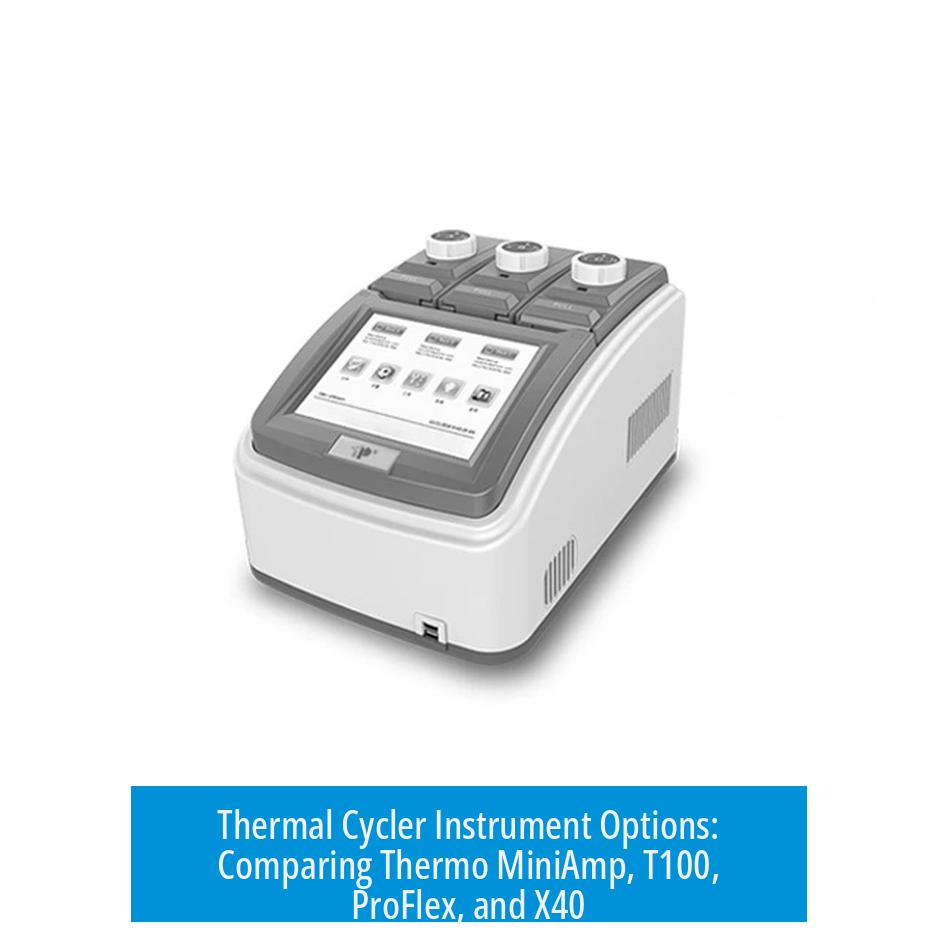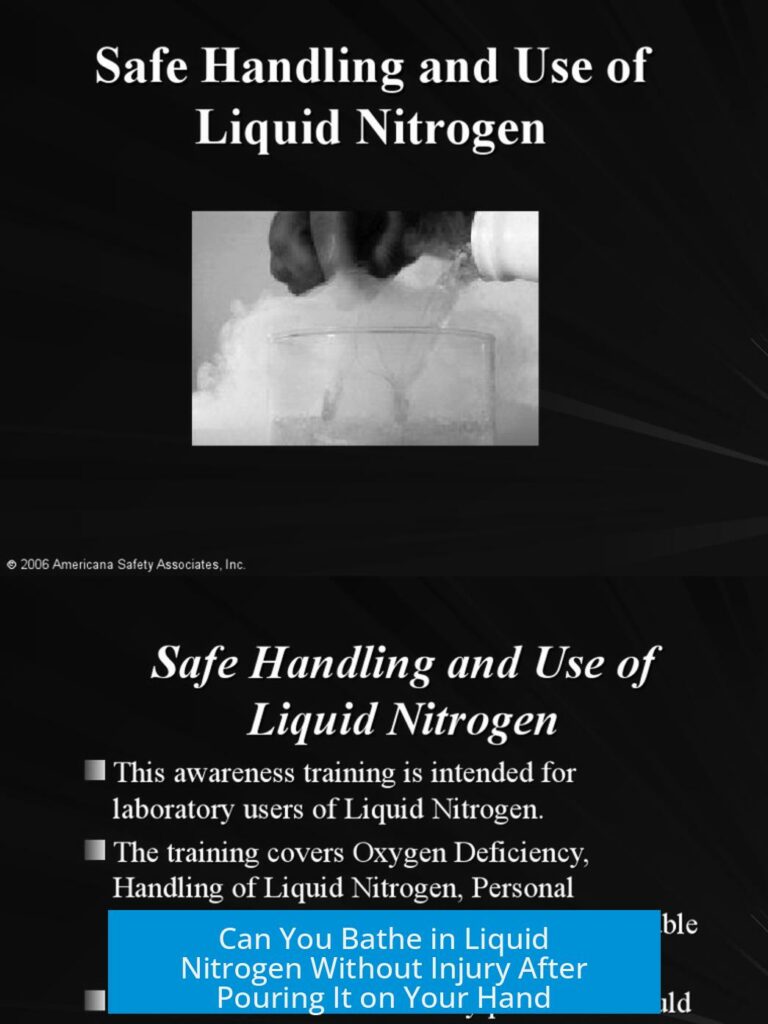Thermal Cycler Instrument Options
Thermal cyclers come in various models, each with specific features, price points, and user interfaces. Choosing the right instrument depends on lab needs, budget, and desired functionality.
Thermo MiniAmp
The Thermo MiniAmp is popular for affordability and ease of use. Many labs choose it because it offers multiple units at the cost of one pricier system. Its user-friendly interface supports quick operation. For around the price of one advanced cycler, labs can acquire two to three MiniAmp units, allowing parallel experiments. This model suits labs valuing cost efficiency and straightforward control.
- Cost-effective: cheaper than most alternatives
- Intuitive user interface
- Allows multiple machines for parallel tests
Thermo T100
The Thermo T100 stands out for durability and user-friendly design. Users praise its sturdy hinge and stable performance over years. Though slightly bulky, it remains a favorite for routine PCR tasks. The interface is logical, helping streamline workflows. Labs often invest in multiple T100 units for consistent results across various locations.
- Robust build quality
- Simple, clean interface
- Reliable and consistent output
Thermo ProFlex
The ProFlex offers advanced features such as multiple blocks and selectable block types. This flexibility suits complex protocols and simultaneous reactions. However, some users report concerns over gradient uniformity and touchscreen responsiveness. Despite criticisms, others appreciate the multi-block option and occasional promotional pricing.
| Pros | Cons |
|---|---|
| Multiple blocks for versatile experiments | Gradient issues noted by users |
| Customizable with different block sizes | Touchscreen interface can be problematic |
| Occasional good pricing deals | Mixed user satisfaction |
X40 Thermal Cycler
The X40 model receives praise for efficiency and a horizontal gradient system. Its modern user interface enhances control. Having two units in a lab setting speaks to reliability. This instrument fits labs seeking updated gradient technology combined with intuitive operation.
- Horizontal gradient system
- Efficient performance
- Advanced, user-friendly interface
Key Takeaways
- MiniAmp balances cost and simplicity, ideal for labs needing multiple units.
- T100 offers long-term durability and consistent results with a straightforward design.
- ProFlex suits multi-block experiments but has noted gradient and touchscreen flaws.
- X40 combines modern gradient tech with an easy-to-use interface.
- Choice depends on budget, required features, and expected usage intensity.
What makes Thermo MiniAmp a cost-effective choice?
The MiniAmp offers great pricing compared to other models. For the price of one ProFlex, you can get 2-3 MiniAmps. It’s favored for its intuitive user interface and cost-efficiency.
How durable and user-friendly is the Thermo T100?
The T100 is known for being durable with a sturdy hinge. Many users find it very user-friendly and reliable even after years of use. It is favored for consistent results and ease of operation.
What are the main pros and cons of Thermo ProFlex?
Pros include multiple blocks for different reactions and flexibility with 96-well plate options. Cons include touchscreen issues and ongoing gradient problems acknowledged but unresolved by the manufacturer.
Why choose the X40 Thermal Cycler?
The X40 is praised for efficiency and excellent user interface. It features a horizontal gradient system, which some users find very useful for their experiments.
Are multiple blocks an important feature in thermal cyclers?
Yes, having multiple blocks allows running diverse reactions or incubations simultaneously. This feature is especially appreciated in the ProFlex model.





Leave a Comment